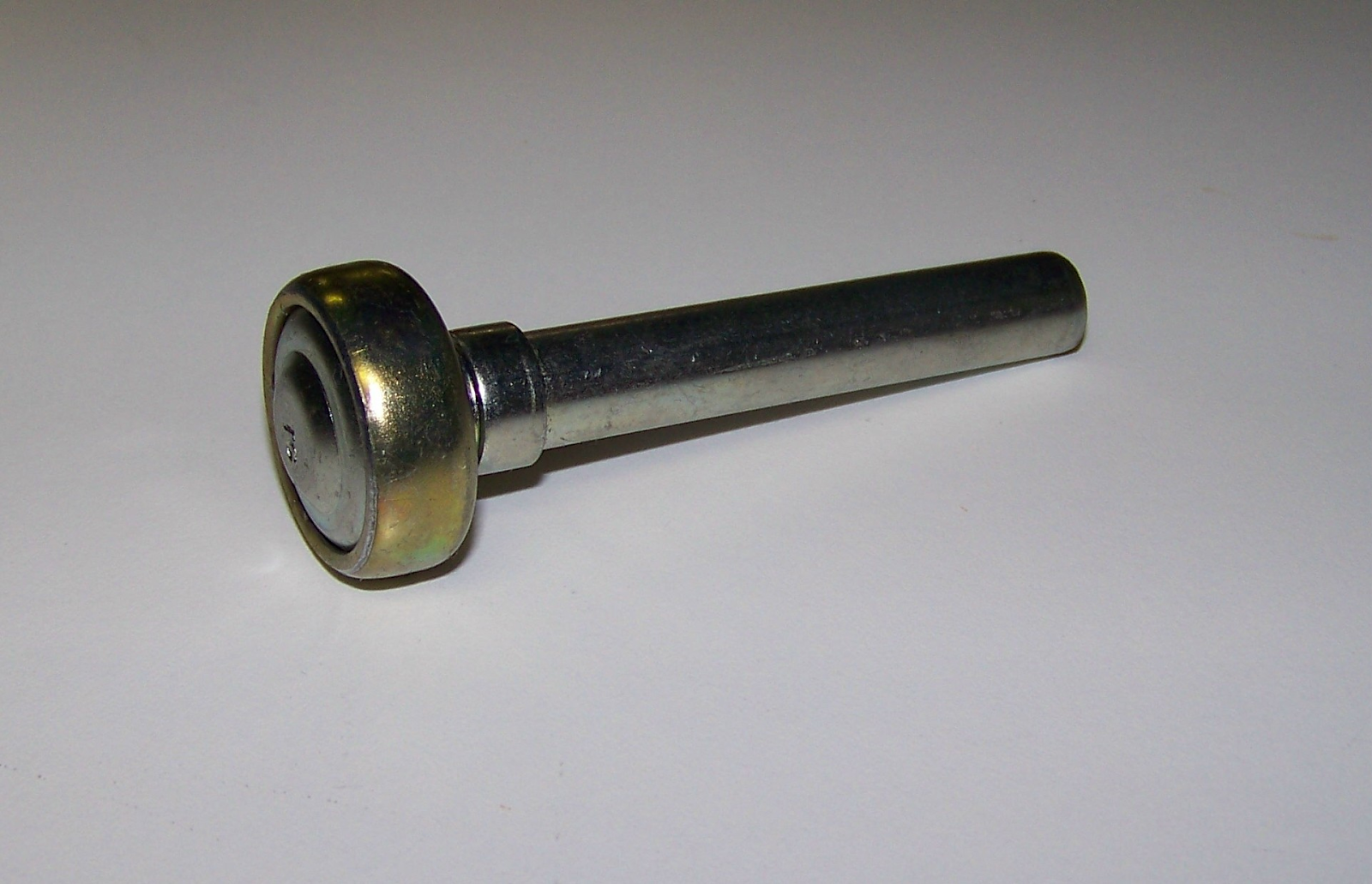GENERAL
Understanding Black Mold: Causes, Risks, and Remediation
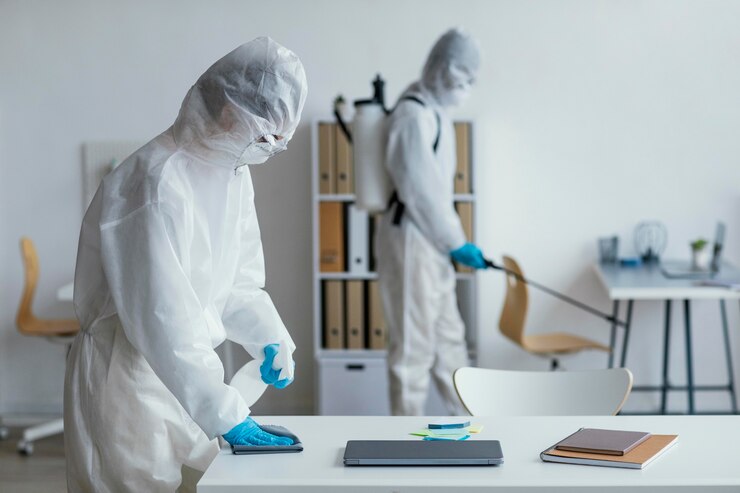
Are you dealing with black mold in Seattle? Black mold, or Stachybotrys chartarum, is a fungus that can grow in homes and buildings, often resulting in significant health and structural issues. We aim to explore the conditions that foster the growth of black mold, its potential health risks, effective remediation techniques, and strategies for preventing its recurrence. Understanding these aspects is crucial for homeowners, landlords, and occupants to maintain a healthy living environment and mitigate the associated risks.
Conditions That Promote the Growth of Black Mold
Black mold thrives in moist, warm, and poorly ventilated environments. Common breeding grounds within a building include areas susceptible to water leakage, such as basements, bathrooms, and kitchens. Building materials like drywall, carpet, wallpaper, and insulation provide suitable nutrients that foster mold growth when damp or water-damaged. Understanding these conditions is crucial because prevention largely depends on managing moisture indoors. Implementing measures such as adequate ventilation, the use of dehumidifiers, and the prompt repair of leaks can significantly reduce the risk of black mold formation.
Health Risks Associated with Black Mold Exposure
Exposure to black mold removal spores can pose serious health risks, particularly to individuals with respiratory conditions, immune deficiencies, or allergies. Symptoms of mold exposure can range from mild allergic reactions, such as sneezing, coughing, and skin irritation, to more severe health issues like asthma exacerbation and opportunistic infections in immunocompromised individuals. In rare cases, prolonged exposure can lead to more serious conditions such as mycotoxicosis—poisoning by mold toxins. People living in mold-infested homes often report a persistent musty odor. They may experience chronic health problems that improve when away from the affected environment, indicating that black mold may be a contributing factor.
Effective Remediation Techniques for Black Mold
Removing black mold effectively requires a thorough approach to ensure that it is not only removed but also that conditions conducive to its growth are addressed to prevent its return. Remediation often involves multiple steps: identifying and rectifying the moisture source, isolating the contaminated area to prevent spore spread, removing contaminated materials, and cleaning surfaces with mold-inhibiting solutions. For large infestations, hiring professionals with the equipment and expertise to handle hazardous materials safely is advisable. Homeowners can often treat smaller areas affected by mold using proper safety gear such as gloves, masks, and eyewear.
Legal and Insurance Considerations in Mold Remediation
Understanding mold remediation’s legal and insurance aspects is essential for property owners and tenants. In many regions, landlords are legally required to provide habitable living conditions, which include addressing mold issues that could impact health. Renters should report mold concerns to their landlords immediately to expedite remediation. Regarding insurance, most homeowner policies do not cover mold damage unless it directly results from a covered peril, such as water damage from a burst pipe. Property owners must review their insurance policies and possibly add mold coverage to avoid significant out-of-pocket expenses during remediation.
Preventive Measures to Avoid Black Mold Growth
Preventing black mold involves controlling indoor moisture levels and ensuring proper building maintenance. Routine inspections of plumbing systems, roofs, and windows can help identify potential sources of water intrusion early. Ventilation improvements, such as exhaust fans in bathrooms and kitchens, can significantly reduce humidity levels in critical areas. Using mold-resistant building materials during repairs or renovations can also help prevent mold growth. Regular cleaning and maintenance routines are crucial, especially in areas prone to moisture accumulation.
Identifying Black Mold in Your Home or Building
Identifying black mold correctly is the first critical step in addressing the problem effectively. Black mold is often distinguishable by its dark greenish-black color, but it can be confused with other molds types with similar appearances. One distinctive feature of black molds is its musty, earthy smell, often strong and unpleasant. Homeowners should regularly check areas prone to moisture, such as basements, attics, behind drywall, and around plumbing fixtures, for any signs of mold growth. If mold is suspected but not clearly visible, or if the affected area is large, it may be prudent to engage a professional mold inspector. These inspectors can conduct thorough assessments, including air quality tests, to determine the presence and extent of mold infestations, ensuring that all hidden mold colonies are identified.
Black molds is a serious concern affecting health and property integrity. Understanding the environmental conditions that support mold growth, recognizing the health risks associated with exposure, and implementing effective remediation and preventive strategies are crucial to managing this issue. Property owners and occupants can help ensure a safer and healthier indoor environment by taking proactive measures and responding swiftly to signs of mold.
GENERAL
Going Green: Eco-Friendly Alternatives to Traditional AC Units
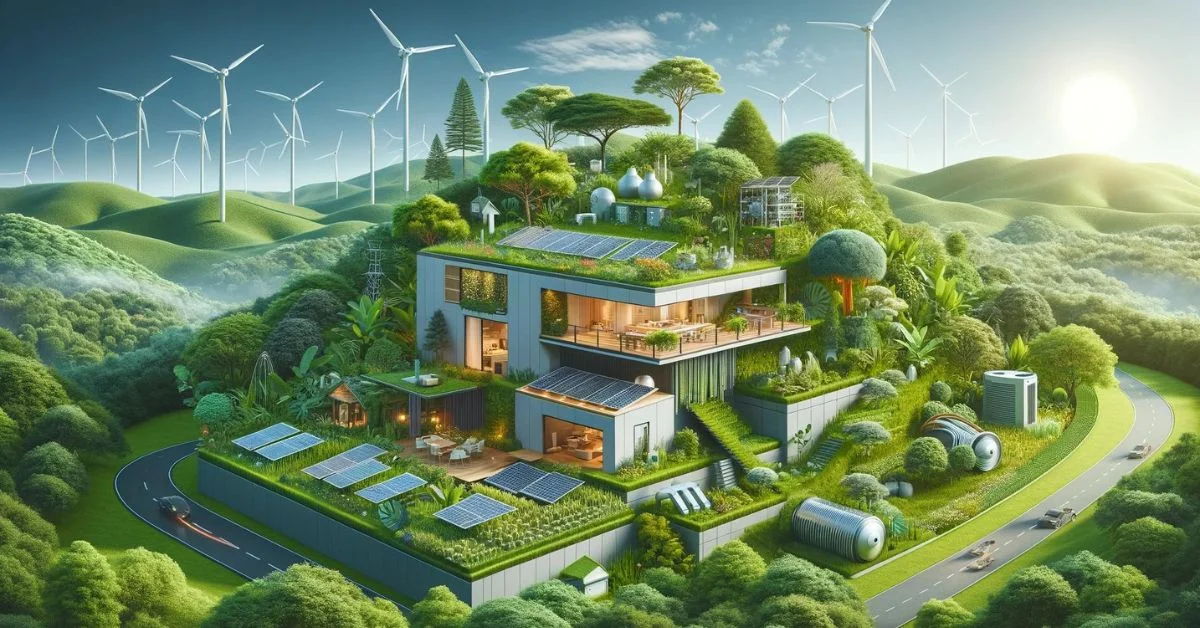
If you are looking for eco-friendly options to cool your place, think about using solar-powered systems, geothermal heat pumps, or smart temperature control devices. These choices can help you save on energy bills and lessen your impact on the environment, all while keeping your home comfortable.
Are you interested in finding more ways to cool your space in an efficient and environmentally friendly manner?
Energy-Efficient Air Conditioners
If you want to save on your energy bills and still keep cool, think about getting energy-efficient air conditioners. These units use green tech to cool your place sustainably. By choosing energy-efficient air conditioners, you’re not just cutting down on energy use but also saving cash over time.
To ensure the best performance of these energy-saving units, consider hiring expert AC installation contractors in Phoenix. Their skill and knowledge guarantee that your new system is installed correctly, maximizing efficiency and helping you reap the benefits of your investment in a greener, more economical cooling solution.
These air conditioners are built to use less energy by employing cutting-edge technologies. They come with smart features like compressors that can change speed and thermostats you can program. This means they can adjust how they run based on how much cooling you need, helping you save a lot of energy.
Besides being good for the planet, energy-efficient air conditioners also work better and last longer. If you take good care of them, you won’t have to replace them as often. This cuts down on waste too. Switching to energy-efficient air conditioners means you’re helping the planet and staying cool at the same time.
Solar-Powered Cooling Systems
Look into using the sun’s power with solar-powered cooling systems for a green and sustainable way to make your space cool and comfortable. These systems use the sun’s energy to cool, providing solutions that don’t rely on the grid for those wanting to lessen their environmental impact. With solar panels, they turn sunlight into electricity that powers the cooling efficiently.
Adding solar-powered cooling systems to your house or office not only helps cut down on your energy bills but also helps make the environment cleaner. These systems are good for the planet because they release fewer greenhouse gases than regular air conditioners. Plus, they don’t need much maintenance, making them an easy and cost-saving option for cooling.
Choosing to use solar-powered cooling systems is part of living sustainably, letting you keep cool while also caring for the earth. Go for renewable energy and move towards cooling in a more eco-friendly way with solar power.
Geothermal Heat Pumps
Geothermal heat pumps are a great way to get heat from the earth in an efficient way. They use a source of energy that doesn’t run out to make your space warm or cool.
By using stable temperatures from below the Earth’s surface, these systems keep your space comfortable all the time and help you save on your bills.
Think about how good geothermal heat pumps can be for a cooling solution that saves money and is good for the planet.
Efficient Earth Heat Extraction
Tapping into the Earth’s natural warmth with geothermal heat pumps is a smart and green way to heat and cool your house. These systems take heat from the ground in winter to make your home warm and move heat into the ground in summer to cool it down. You can also use geothermal heat pumps to store heat when it’s warm outside and use it later when it gets cold.
Plus, they offer a cool feature of passive cooling. This means they pump a fluid through pipes under the ground. The Earth’s constant cool temperature helps to chill the fluid before it comes back into your house.
Choosing geothermal heat pumps helps you cut down on your carbon footprint while keeping your home comfortable in an efficient way.
Renewable Energy Source
Use the warmth from under the Earth smartly with geothermal energy and heat pumps for your house. These heat pumps work using the Earth’s surface’s steady temperature to keep your house warm or cool.
This is a good choice instead of regular AC units. Geothermal systems use the Earth’s stable temperature for heating and cooling your house all the time, not like wind or water power that depends on the weather.
If you choose this way of getting energy, you’ll make less pollution and use less energy in your house. Geothermal heat pumps are a good investment for your future. They’re good for the Earth and give you a sure way to heat and cool your house.
If you go for geothermal energy, your house will be more green and good for the environment.
Lower Operating Costs
Cut down your home’s running costs by choosing geothermal heat pumps. They’re great for both heating and cooling and can save you a lot of money. Geothermal systems are a smart choice for homeowners who want to spend less. Here are reasons why geothermal heat pumps are a good way to save:
- Save More in the Long Run: The first cost for setting them up is a bit high, yes, but geothermal systems make up for it by saving you a lot of money later on. They work very efficiently and don’t cost much to run.
- Very Efficient: Compared to usual heating and cooling systems, geothermal heat pumps use up to 50% less energy. This means you’ll use less energy and pay less for your bills.
- Fewer Repairs Needed: These systems don’t have many parts that move, so they don’t need much fixing or care. This means you save money on fixing and taking care of them.
- Government Help: Many governments give you money back or other benefits if you install geothermal systems. This makes choosing this green option even more worth it.
Evaporative Coolers
Evaporative coolers, which people also call swamp coolers, are a good choice for cooling your house in a way that doesn’t cost a lot and is friendly to the environment. These devices pull in warm air and pass it through pads soaked in water.
This process makes the water evaporate and cools the air, which then gets spread around your place. A big plus of these coolers is that they don’t use as much water as the usual air conditioning systems do. This makes them a better option for areas where saving water is important.
Also, these coolers are good at managing the humidity. Different from air conditioners that might make the air too dry, evaporative coolers add moisture to the air while they work.
This is especially good in places with dry air that can make you uncomfortable. By making the air more humid, evaporative coolers don’t just cool down the air, but they also make the inside of your home feel more comfortable for everyone.
Think about getting an evaporative cooler if you want effective cooling that uses less water and makes the air feel nicer too.
GENERAL
5 Instances You Should Avoid Using Your HVAC System
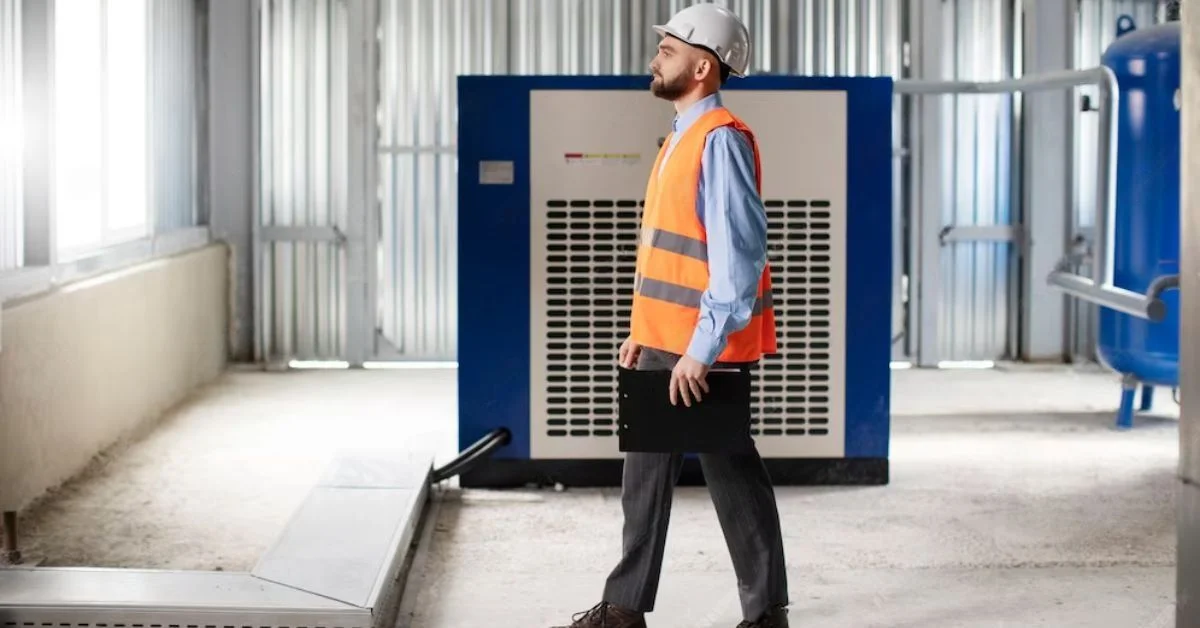
The heating, ventilation, and air conditioning system keeps your indoor air quality(IAQ) at its optimum, ensuring the room’s comfort. A poorly functioning HVAC system can mean smoke, dust, and other pollens can enter your home, increasing the risk of respiratory and skin conditions.
Apart from keeping you warm during the cold winter seasons, an HVAC system can improve your sleep quality and energy efficiency. However, there are times you just can’t use the HVAC system. They include but not limited to:
1. When It’s Malfunctioning or Broken
Many issues can arise if the HVAC system is not performing as it should. The air conditioning system pulls hot indoor air and introduces cool outdoor air. This air is purified through the duct systems to remove allergens such as mold spores, viruses, dust, or bacteria.
A broken or malfunctioning HVAC will not purify the air, making you and those living in the house, including pets, vulnerable to air pollution, resulting in diseases. Some of the common heath care problems caused by malfunctioning, broken, or poorly maintained HVAC systems include;
- Constant fatigue and illness
- Dry skin
- Breathing problems
- Wheezing
- Cough
- Fever
Also, people with pre-existing respiratory conditions like asthma may experience worse symptoms. If the air conditioning system is broken or malfunctioning, do not continue using it. Look for an HVAC expert and have them repair it.
2. During Natural Disasters
During natural disasters, most people often think only about uprooted roofs, trees, or windows. But your HVAC system may also be in trouble. Disasters like wildfire, lightning, earthquake, floods, tornados, or hurricanes can cause devastating mayhem.
During these uncertain periods, turning off your system to prevent water damage, gas leaks, or electrical hazards is advisable. Summer to fall are known as wildfire seasons, and the local authority may issue wildfire advisories.
Using your HVAC system during wildfires can be tricky, but you can learn how to use HVAC unit during wildfire advisory and maintain its performance ability.
3. When There Is A Carbon Monoxide Leak
Unfortunately, carbon monoxide is odorless, tasteless, and colorless, making it deadly and difficult to detect. Only a carbon monoxide detector can help detect this gas, and most homes are recommended to have one installed.
HVAC systems can malfunction, causing carbon monoxide and other gases to leak. Because the gas is almost undetectable, some of the signs of carbon monoxide poisoning include:
- Shortness of breath
- Dizziness
- Feeling weak
- Headaches
Longer exposure can lead to blurred vision, nausea, vomiting, or loss of consciousness. Keep an eye on cracked heat exchangers in gas furnaces, boilers, and furnaces with leaking seams, a combustion chamber with cracks, a pilot light that often goes off, and a bad component.
4. When Air Quality Is Compromised
Air conditioning systems can effectively eliminate outdoor pollutants by purifying outdoor air. However, not all systems can minimize the risks of deteriorated outdoor air.
When indoor air quality is poor due to pollutants like wildfire smoke, you are at a higher risk of illnesses. Most mechanical air conditioning units are manufactured with filtration systems, so ensure the filter is current.
An AC alone is not enough to remove all the pollutants that risk your comfort and health. Actually, if your filter is a HEPA filter known for its minimum efficiency reporting values (MERP) rating, you can trust that the air purification process is better.
5. During Servicing Or Maintenance
Regular maintenance is the best service you can give your air conditioning system. It allows the system to be checked for worn-out, broken, or damaged areas.
When the system is undergoing repair or servicing, it’s best to avoid using it to prevent accidents or interference with the process.
In Conclusion
The HVAC system is undoubtedly handy in most homes, especially since most people spend their time in buildings. However, there are times when you just can’t use the cooling system due to various factors, including natural disasters.
Always ask your technician or maintenance personnel when unsure of your current circumstances.
GENERAL
6 Causes Of AC Breakdown You Should Never Ignore
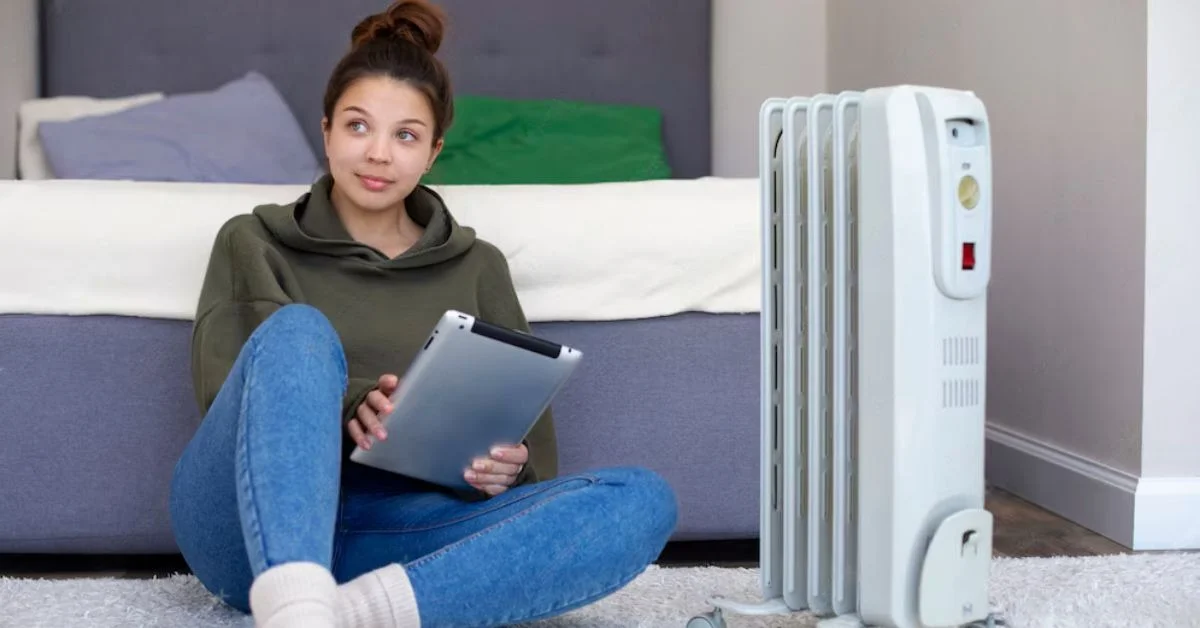
Air conditioning systems have become an essential part of people’s lives, providing comfort and relief during the sweltering heat of summer. However, like any mechanical system, AC units are vulnerable to wear and tear, which results in potential breakdowns that can disrupt our comfort and even result in costly repairs.
Understanding the causes of AC breakdowns is crucial to prevent minor problems from developing into significant problems.
Keep your cool by staying ahead of these breakdown causes, and remember, emergency AC repair in Avondale, AZ, is just a call away when things heat up.
Frozen evaporator coils
One of the more common yet serious issues that can result in an AC breakdown is the freezing of the evaporator coils. These coils play a vital role in absorbing heat from the air within your home. When these coils freeze, your AC system loses its ability to perform this essential function effectively.
This problem is often caused by reduced airflow caused by dirty air filters or insufficient refrigerant levels, leading to a significant drop in temperature around the coils. Warning signs of this issue may include:
- The presence of visible ice on the coils.
- A noticeable decline in the efficiency of your air conditioning system.
- The unit is blowing out warm air.
Regular maintenance checks are crucial in identifying this problem early on, which can help prevent more severe damage to your AC system in the long run.
Refrigerant leaks
Refrigerant leaks pose a significant problem that can result in AC breakdowns. Refrigerant is crucial for your air conditioner to extract heat from your home’s air. A leak reduces the cooling efficiency and can lead to compressor failure, requiring costly repairs.
Detecting and repairing a refrigerant leak promptly can prevent extensive damage to your AC system, ensuring it operates smoothly and efficiently. Neglecting such leaks compromises the system’s performance and may lead to a complete breakdown.
Faulty wiring
Faulty wiring is a critical issue that can lead to severe consequences for your AC unit, including breakdowns or potential fire hazards. Improper or old wiring compromises the air conditioning system’s efficiency and can cause it to overwork, leading to overheating and eventual failure.
Faulty wiring also poses a significant safety risk, with the potential for electrical shorts that could result in fires. Ensuring your AC’s wiring is correctly installed and maintained is essential for the safety of your home and the longevity of your air conditioning system.
Regular check-ups by a qualified technician can help point out and rectify any wiring issues before they lead to more significant problems.
Outdoor unit obstructions
Outdoor Unit Obstructions significantly impact the efficiency and functionality of your air conditioning system. When the outdoor component of your AC, often known as the condenser, is blocked by debris, leaves, or even outdoor furniture, it struggles to release heat from the system.
This hampers the cooling process and forces the AC to work harder, increasing wear on the components and potentially leading to overheating and breakdown. Keeping the area around your outdoor system clean and clear of obstructions is a simple yet effective way to prevent unnecessary strain on your AC, ensuring it runs smoothly and reducing the risk of breakdowns.
Thermostat problems
A malfunctioning thermostat fails to communicate correctly with the air conditioning system, leading to erratic cooling or heating. This miscommunication can cause the AC to cycle on and off more frequently than necessary, placing undue strain on the system and potentially leading to premature breakdowns.
Ensuring your thermostat is correctly calibrated and in good working order is crucial for your AC’s overall health and efficiency. It also prevents unnecessary wear and tear on its components.
Drainage issues
The cooling process generates significant condensation, which usually drains away from the unit. However, if the drainage path is blocked or the drain pan is full, water can back up, leading to mold growth, corrosion, and potential water damage to the system’s components.
This type of blockage not only decreases the AC’s efficiency but can also trigger an emergency shut-off or cause the evaporator coil to freeze, both of which can lead to significant system breakdowns. Regularly checking and clearing the AC unit’s drainage system ensures proper function and prevents these potentially costly issues.

 ENTERTAINMENT4 days ago
ENTERTAINMENT4 days agoExploring the Kristen Archives: A Treasure Trove of Erotica and More

 ENTERTAINMENT1 day ago
ENTERTAINMENT1 day agoKiss KH: The Streaming Platform Redefining Digital Engagement and Cultural Currents

 EDUCATION1 day ago
EDUCATION1 day agoLingrohub Platform: A Complete Student Access Guide

 LIFESTYLE4 months ago
LIFESTYLE4 months agoThe Disciplinary Wives Club: Spanking for Love, Not Punishment

 TECHNOLOGY4 months ago
TECHNOLOGY4 months agoBlog Arcy Art: Where Architecture Meets Art

 TECHNOLOGY1 day ago
TECHNOLOGY1 day agoCasibom: The Digital Alchemy Reshaping Systems, Society, and Self

 TECHNOLOGY24 hours ago
TECHNOLOGY24 hours agoSecuring Your Online Presence: The Ultimate Guide to Buying an SSL Certificate

 LIFESTYLE24 hours ago
LIFESTYLE24 hours agoTips for Prolonging the Lifespan of Truck Roll-Up Door Rollers











